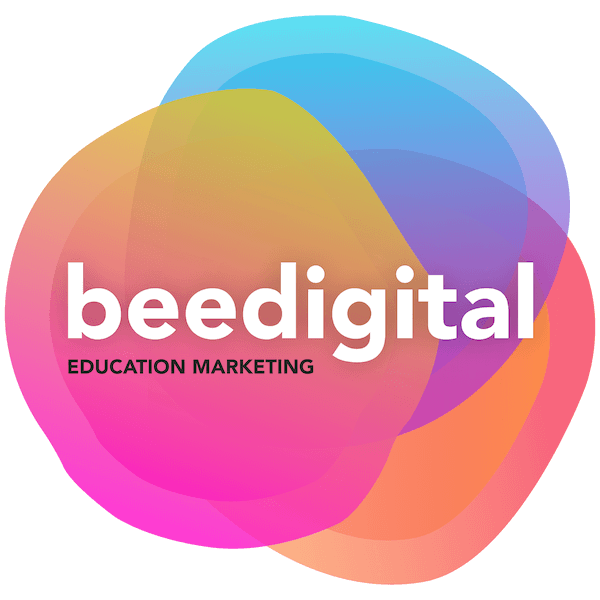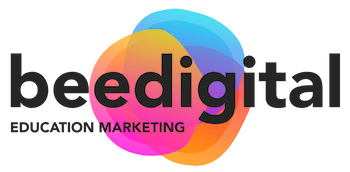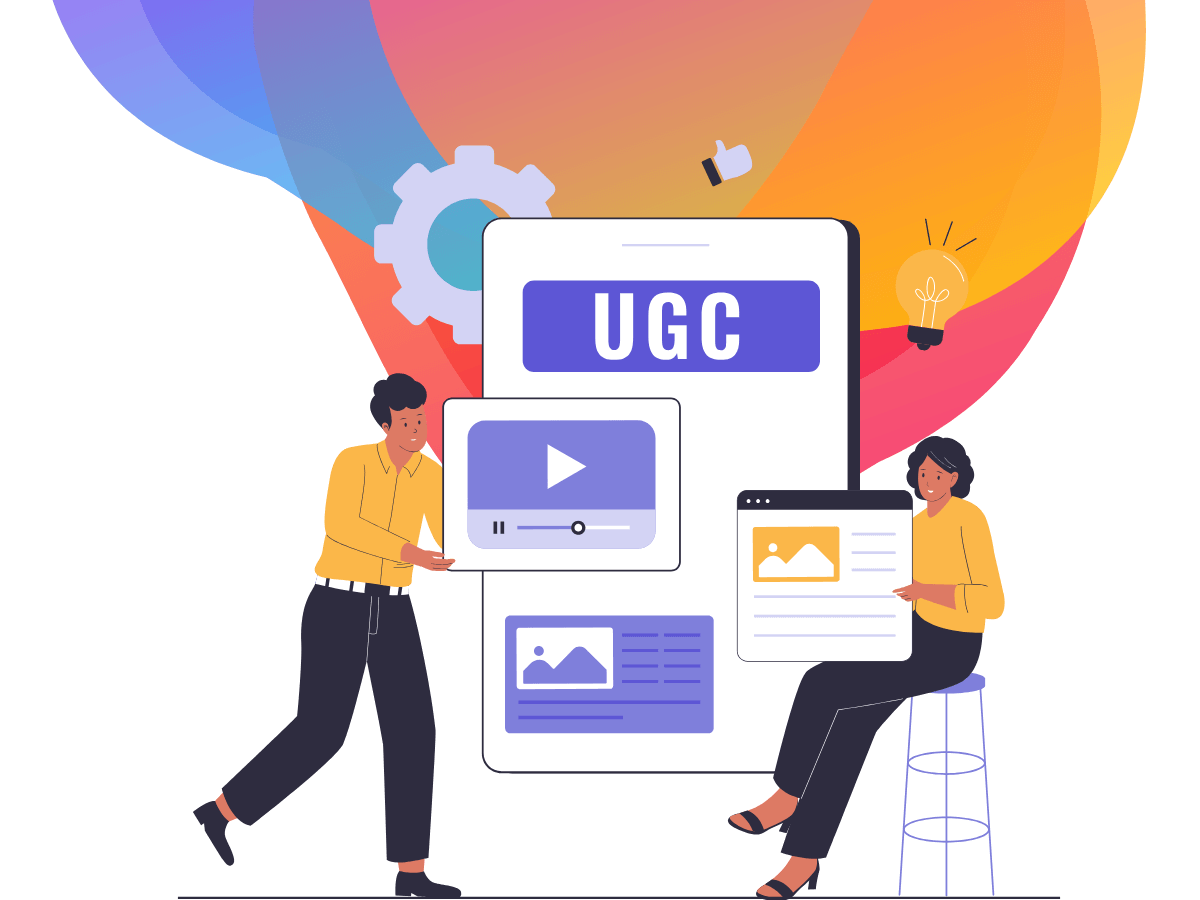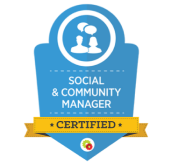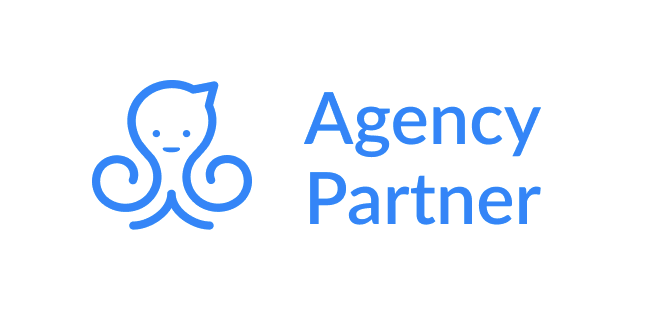Table of Contents
Schools are flooded with marketing - emails, brochures, social posts, all promising to “transform learning.” The trouble is, most of it sounds the same.
What cuts through isn’t another hyped up slogan, but the authentic voices of teachers themselves. That’s why user-generated content has become one of the most powerful tools for education campaigns.
What do we mean by “user-generated content”?
User-generated content (UGC) simply means stories, photos, videos, or quotes created by the people who actually use your Product/Service. Not stuff made by the marketing team.
And it’s not just content you see on TikTok, Instagram, or LinkedIn. It’s also content you’ve requested from your customers or audience.
For example, it could be:
- a photo taken by a teacher of their class using your maths software
- a video by a School Business Manager of a quick reflection on how much time their tool saved you
- a screenshot of a message to parents that really helped improve sports day attendance
- a safeguarding lead sharing how their confidence has improved due to attending your training
In short, UGC is authentic content from real school staff or parents (or even the students!). It’s simple, quick to share, and often more powerful than slick, overly polished promo pieces or stock photos.
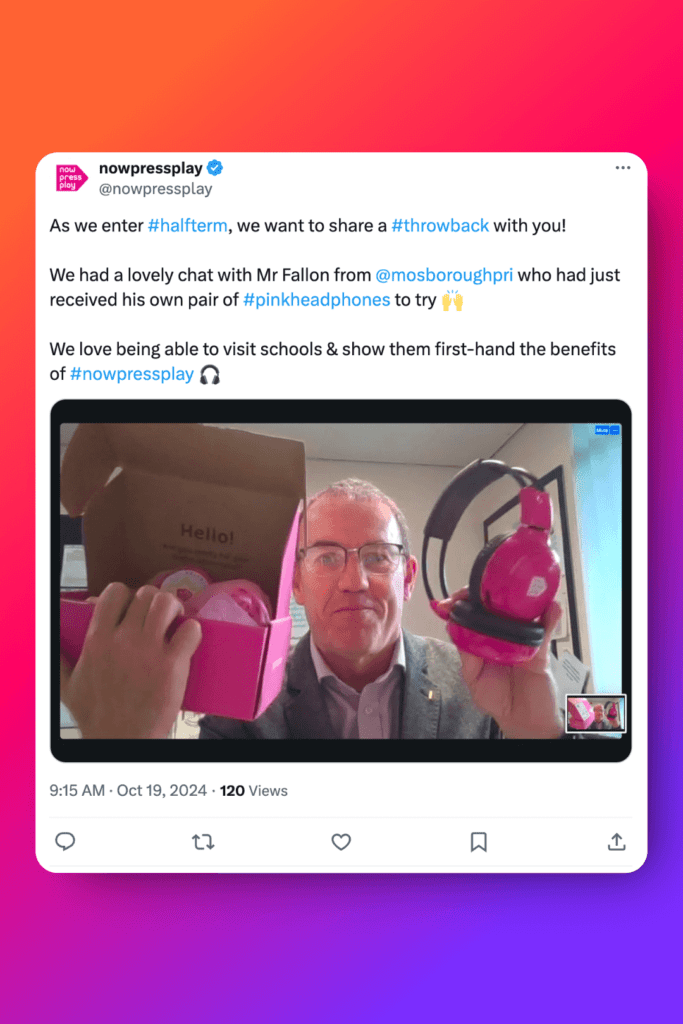
Why is content made by other people important?
UGC can surface the nitty-gritty of what happens in classrooms, what challenges teachers face, what workflows are like, what they care about.
Teachers see dozens of products talking about “transforming learning,” “empowerment,” etc. UGC shows someone like them using your tool in real classroom moments. That hits differently because it feels believable.
Peer validation matters
If another teacher, school, or even a MAT (Multi-Academy Trust) endorses or shows your product, that acts like a stamp of trust. Teachers talk to teachers; seeing UGC from people they respect or recognise lowers the risk in adopting something new.
Lower resistance to hype
UGC tends to be more grounded: the good, maybe the messy, but real. That lowers scepticism. School staff are more likely to engage, believe, perhaps try something when they see it’s not just sales talk.
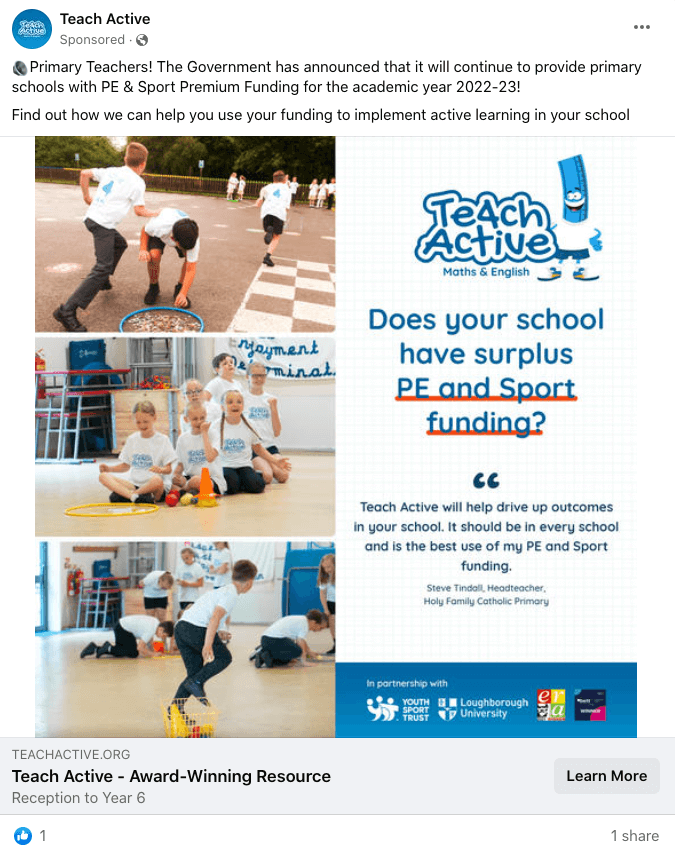
Why teachers might be more receptive to UGC than many marketers expect
Teachers already share things like photos from class, lesson outcomes, student feedback, and success stories in their school communities. There’s a culture of sharing best practice. UGC fits into that ethos, rather than feeling like a sell.
Trust in peer communities is strong so whether it’s conferences, CPD (continuing professional development), or online forums, teachers often trust what their peers say more than what big marketing says. UGC taps into that.
Time and evidence are precious and if a teacher can see genuine evidence from a similar school or classroom, that either saves them doing a lot of research or gives them confidence. UGC provides that evidence in digestible, real ways.
Teachers want to know: “Will this work for my students? Will it help me manage my workload? Is this worth the cost (money/time)?” UGC tends to address those questions more directly (or at least offer clues) than generic marketing.
Why edtech and education marketers should care about UGC
In a nutshell: Because UGC flips two risks upside down.
First risk: content that feels generic, over-polished, or just “like every other product pitch.” UGC gives real texture and helps you stand out.
Second risk: distrust or hesitation from schools. Showing real teachers doing real things lowers that barrier.
It often turns prospects into leads more effectively because the message feels peer-driven, not marketing-driven.
If budgets are tight, time is short, competition is high (all of which are true in education right now), using user-generated content is a way to move faster with authenticity.
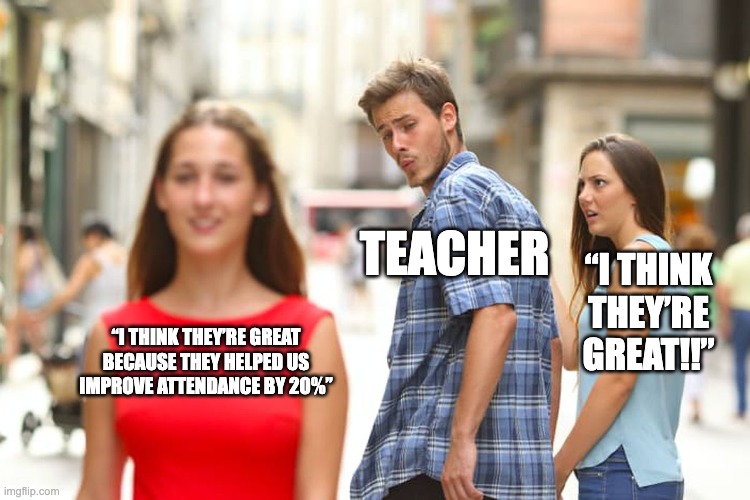
Using an Agency to support your UGC style campaigns and outreach
An agency can be hugely valuable in UGC-style marketing because, while the concept sounds simple (“just get teachers to share!”), the execution has loads of moving parts.
Sourcing UGC and influencer/collaborators is hard work
An agency can design asks, prompts, and incentives that feel respectful of teachers’ time and role so the content feels authentic, not manipulated.
Managing permissions and safeguarding is messy
Images of classrooms, quotes from teachers, even screenshots of parental comms all carry risks. An agency can set up consent processes and moderation frameworks so brands don’t accidentally cross a line.
Curation takes skill
Not all UGC is usable. Agencies know how to spot the story, polish it lightly without losing authenticity, and stitch content together into a campaign that feels coherent.
Influencer outreach is delicate
Agencies often have existing relationships with education influencers or know how to approach them without it feeling transactional. They can handle outreach and negotiation.
Distribution multiplies impact
UGC on its own is just content. An agency makes it work harder by repurposing it across channels so a single teacher quote might become an email header, a social post, and a conference poster.
Ready to grow your education business? 😎
Ways education brands can deploy UGC in campaigns
Here are tactics and channels, with ideas on how to do it well in the education / school-market context.
Example of UGC deployment:
Share short teacher testimonials / videos showing classroom use; “day in a life” posts by real users; photo challenges e.g. “best wall display using our tool” using a hashtag.
What makes it work in schools:
Visible, authentic, easy to consume; helps build social proof among peers. Hashtag + UGC encourages participation.
Example of UGC deployment:
Include testimonials or quotes with photos from teachers; small video clips in emails; “from schools like yours” case snippets.
What makes it work in schools:
Helps with conversion + shows relevance. If a teacher sees someone in similar context, they imagine it in their own school.
Example of UGC deployment:
Real use-case stories, video walk-through by teachers, reviews; user-submitted visuals; before-/after shots from classrooms.
What makes it work in schools:
Helps reduce friction. Gives proof at the point where someone is evaluating or considering purchase. Helps with credibility and trust.
Example of UGC deployment:
Use UGC visuals or teacher voices in ad creative; show real classroom scenes; clips from real users saying what they like or what changed for them.
What makes it work in schools:
Authentic-looking ads tend to break through ad fatigue. If people feel “this is from someone like me,” they pay more attention.
Example of UGC deployment:
Posters at conferences showing quotes from real schools; user-stories in brochures; displays with photos or boards submitted by teachers; peer panels at events.
What makes it work in schools:
In education, a lot of decision happens in face-to-face settings. Seeing UGC in those physical places can reinforce the online messages and build trust.
Get it right first time - practical tips / best practices to get the most from your UGC
To get UGC to work (not just look nice), education brands should:
- Always ask for permission and always credit Teachers need to feel they’re being respected, not exploited.
- Make sharing easy Simple prompts, good incentives, maybe a campaign or challenge. A hashtag, or small rewards, or recognition in school networks.
- Moderate carefully Filter for quality, relevance, appropriateness. Some user content may misrepresent or conflict with brand values.
- Show diversity Different school types, sizes, subject areas, ages etc. Teacher audiences are diverse; they need to see someone like them.
- Use UGC thoughtfully Don’t force UGC everywhere. Match format & channel e.g. short quote in email, video in social, story on website.
- Measure and iterate Track which UGC pieces get engagement, which drive leads, which conversions. Learn what style, voice, user type works best.
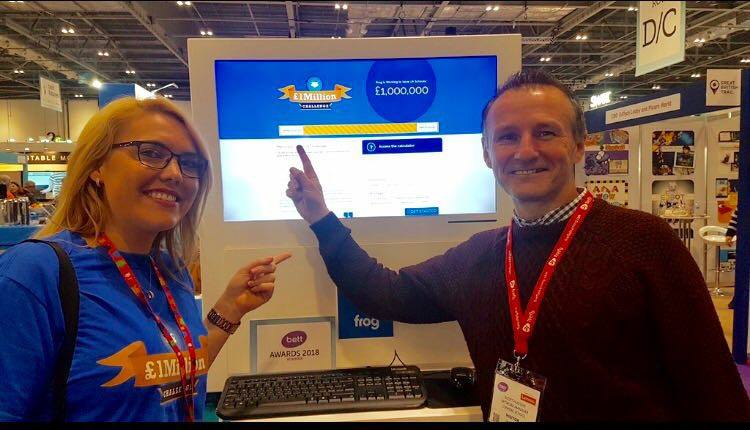
Staff photos generated from events or school visits help sell your brand story too!
What should a brand do when the UGC is not totally favourable?
The short answer: don’t discard it automatically.
Slightly imperfect UGC can actually build more trust than wall-to-wall glowing praise, especially in education where leaders are wary of over-polished marketing. But it depends on the content and tone.
Check for fairness vs. harm
If the UGC raises a constructive concern (“It took us a couple of weeks to train staff, but now it saves hours”), that’s brill. It shows honesty and makes the positives more believable.
Use it as social proof with balance
A testimonial that acknowledges a challenge before showing a benefit often lands harder than pure praise e.g. “We were sceptical at first, but now staff can’t imagine going back.”
Teachers and leaders recognise that no product is flawless, so a brand that shows nuance feels more credible.
Respond, don’t just display
If negative UGC appears publicly on social media respond constructively and visibly. Thank them, clarify, and show willingness to improve. Silence looks like avoidance.
If it comes through a controlled campaign, you can still use it but frame it as part of a learning journey.
Segment how you share it
On your website or brochures, you’ll want mostly positive UGC with just enough realism to keep it authentic.
In social channels or thought-leadership pieces, it can be powerful to show challenges and your response. This positions you as a partner, not a salesperson.
User generated campaign ideas for companies that sell to schools
These ideas aren’t based on real products obviously but might be nice jumping off points for your own campaigns.
Key stage 1 maths product
- UGC ask: Invite KS1 teachers from your customer list to share short clips, photos, or quotes of their pupils having lightbulb moments while using the product. Could be a child proudly showing their working, a group solving a puzzle together, or a teacher noting how quickly pupils “got it.”
- Activation:
- Create a hashtag e.g. #MathsMomentsWith[Brand] to collect posts on Twitter/X and Instagram.
- Curate the best content into a “Maths Moments Gallery” on your website and share weekly highlights in email campaigns.
- Turn the most powerful clips into short social ads: “This is what confidence in KS1 maths looks like.”
- Why it works: Teachers respond to seeing peers’ classrooms, not staged demos. Real classroom joy sells the product far better than a feature list.
Parental communication app
- UGC ask: Encourage teachers, office staff, and parents to share (anonymised) screenshots or short stories of the most helpful, reassuring, or surprising message they’ve received through the app.
- Activation:
- Collect stories via a form or directly in-app. Share a “Top 5” each month on social.
- Build an email campaign around them: “Five ways schools are cutting through the noise with parents.”
- Use anonymised screenshots in ads to show exactly how the product simplifies parent comms e.g. snow-day alerts, behaviour updates, positive feedback notes.
- Why it works: Communication tools succeed when people can see and feel the difference. UGC makes the app’s impact tangible and emotional.
Safeguarding service for UK schools
- UGC ask: Instead of sensitive case details, ask DSLs, safeguarding leads, or school business managers to share short reflections: one tip they’ve adopted, one thing the service helped them improve, or one reason they feel more confident about safeguarding now.
- Activation:
- Curate these quotes into a “Safeguarding Voices” series on LinkedIn and your website.
- Package them into themed guides e.g. “Five steps schools are taking to strengthen safeguarding this year”, distributed by email.
- At events, showcase anonymised quotes on posters or in handouts.
- Why it works: Safeguarding is about trust and credibility. Polished marketing can feel tone-deaf; authentic voices from peers signal reliability and lived experience without breaching confidentiality.
How to get content from your customers
The hardest part of UGC is usually getting busy teachers or school staff to actually contribute. Here are some incentive mechanics that work in education without feeling gimmicky:
Recognition-based incentives (low-cost, high impact)
Spotlight features: Promise to feature the best submissions on your website, newsletters, or at an event e.g. “Featured Maths Moment of the Month”.
Certificates or badges: Digital badges or printable certificates for contributors that schools can display (teachers love recognition they can show leadership or governors).
Social media shout-outs: Tagging teachers or schools in brand channels. Public credit often feels like a reward in itself.
Professional incentives
CPD credit: If the UGC submission involves reflecting on practice e.g. safeguarding tips, teaching strategies, frame it as evidence towards professional development logs.
Resource bundles: Offer free downloadable classroom resources (worksheets, posters, toolkits) in exchange for sharing content. These feel practical, not like a “freebie.”
Practical classroom incentives
Mini-grants: Monthly draw for a £100 Amazon or book token for classrooms that submit content. This is still way cheaper than making the content yourself, so your budget won’t take such a hit.
Equipment giveaways: Low-cost, high-use prizes (stationery packs, calendars, water bottles etc) given to contributors.
Discount vouchers: Modest credit against subscriptions or service renewals for schools that participate regularly.
Cause-linked rewards: For every submission, donate £X to a relevant cause e.g. a child mental health charity. Teachers often respond well to “your effort helps others.”
UGC works in education marketing because it’s not what you say. It’s what schools see their peers saying.
User-generated content is one of the most effective ways for education and edtech brands to build trust with schools.
School staff are sceptical of polished marketing claims, but they respond to authentic voices and reflections shared by their peers.
That authenticity matters because it shows how a product or service works in real classrooms and supports decision-making with lived evidence.
Edu brands can encourage contributions with recognition, practical incentives, and by making participation simple and safe. Influencers also play a role, but the most effective are not necessarily those with the largest audiences. They’re the ones whose communities are engaged, relevant, and trust their judgement.
To make UGC work, brands should:
- Choose influencers carefully and treat them as collaborators, not megaphones.
- Provide early access and co-create prompts that fit naturally with their voice.
- Position them as facilitators of wider teacher participation.
- Amplify their contributions across channels like social, email, events, and ads.
Done well, UGC helps education brands avoid blending into the noise of generic marketing.
We're here to help you
If your marketing feels overwhelming, under-resourced, or stuck in a rut, you’re not alone.
And you don’t have to fix it alone either.
A good agency can bring clarity, capacity, and fresh ideas to help you move forward. If any of these signs sound familiar, it might be time to start a conversation.
